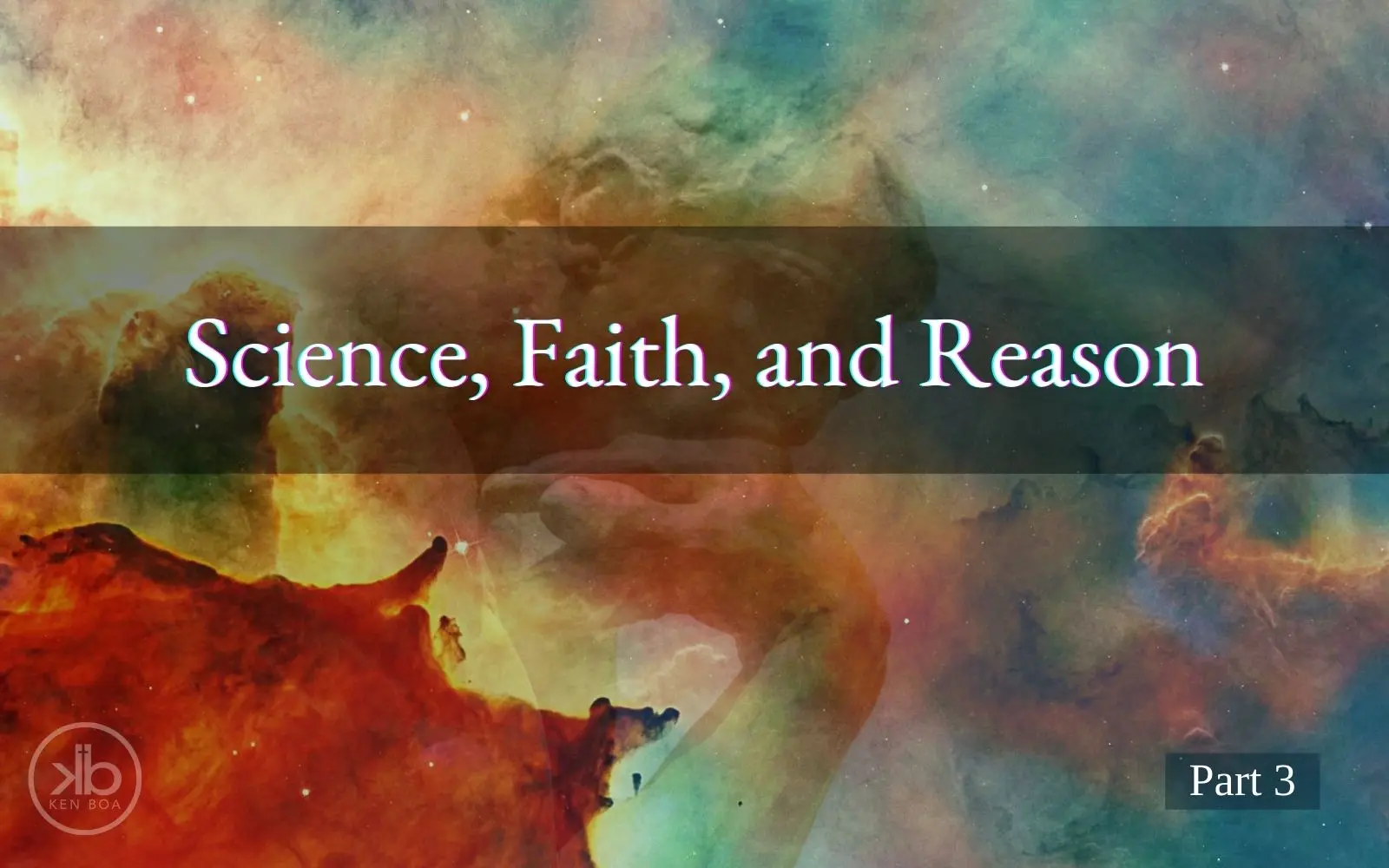In this series, we are looking from a scientific perspective at four fundamental facets of the universe that point to its design by a Creator—the universe’s beginning, the fine-tuning of the cosmos, biogenesis, and information theory. This week, we consider the last two of these facets: biogenesis and information theory.
Biogenesis
In the 19th century, individual cells were thought to be the simple building blocks that made up complex organisms. Since then, however, we have discovered that the cells themselves are just as complex as the organisms they are a part of. The more we study them, the more astonishing and elegant they appear. The study of biogenesis, therefore, seeks an explanation for this complexity and seeks to discover the origin of the first living cell.
As we have been arguing throughout this series, the best inference from this evidence is that there is an intelligent Creator behind it. To illustrate this inference from biogenesis, I like to look at a book called Pheromone: The Insect Artwork of Christopher Marley. In this book, the author assembles insects into beautiful patterns and takes pictures of them. If a person were to look at these designs, no one would doubt that someone had purposefully arranged the insects in a certain pattern. But what we easily forget is that each insect on its own is boundlessly more complex than the pattern in which they are arranged. How, then, can we avoid the inference that some Creator has purposefully arranged for the life of these infinitely complex creatures?
Information Theory
The final facet we look at is information theory, particularly the complex communication ability of our DNA. The DNA in one cell in our bodies contains more information than an entire Encyclopedia Brittanica. And that encoded information in turn instructs the cell in all sorts of ways that are essential for life. So where did this information come from?
When we consider this question, it is important to realize that information transcends matter and energy. Words can be printed in a book or broadcast over the radio, but that printing or broadcasting does not make the words make sense. The best inference from this is that there is no message that does not come from a mind. And this lines up with our experience, does it not? A language is not a language unless there is a speaker who understands the meaning. There is no need for any different conclusion when it comes to the information contained in DNA. The best inference is that it comes from the mind of a Creator.
Other Features of the World
In addition to the four facets we have discussed in this series, many more could be added, including:
- Human consciousness
- Rationality
- Moral values and obligations
- Beauty
- Human dignity, value, and purpose
- Human rights
- Universal religious experience
In each case, a theistic worldview accounts better for these features than a materialist worldview. More than this, it gives far more hope and meaning in this life.
Read more in 20 Compelling Evidences that God Exists by Ken Boa.



